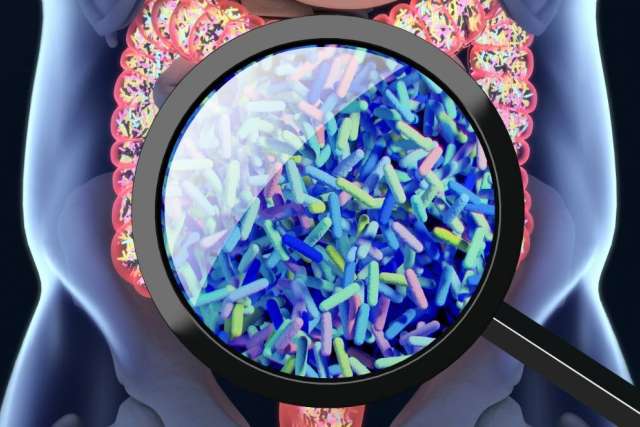Dear Doctors: I have been stress eating during the pandemic. That includes plenty of junk food, unfortunately, and I’ve gained 15 pounds. I’m sure it has been bad for my gut microbiome, and I want to do a reset. How do you eat for your gut to be healthier?
Dear Reader: Weight gain during the pandemic has been so widespread, it earned its own catchy moniker -- the “quarantine 15.” In fact, it is estimated that close to half of all adults in the United States gained weight during that first year.
While it could be tempting to focus on weight loss, we think you’ve made a wise choice to concentrate instead on recovering your nutritional balance. You’re correct that poor diet adversely affects the trillions of bacteria, viruses and fungi living in the intestines, which are collectively known as the gut microbiome. These microflora influence so many aspects of physiology, metabolism, immunity and nutrition that our health and well-being are closely tied to theirs. It is estimated that 70% of the immune system is located in the gut, and how well it functions depends on the well-being of our gut flora.
When improving gut health, you have two goals. One is to increase the diversity of the microflora, which are now often referred to as probiotics, living in your gut. Probiotics are found in a wide range of fermented foods. These include yogurt, kefir, kombucha, pickles, sauerkraut, tempeh, kimchi, miso and many aged cheeses. Spending time outdoors in the natural world also exposes you to millions of microbes, many of which can benefit microbiome diversity. And research shows that exercise itself is important to maintaining gut health.
The second goal is to keep the colonies of microflora in the gut well-fed. That means prebiotics. These are foods that contain substantial amounts of fiber, which, in turn, acts as food for probiotics. Fiber-rich foods not only have the added benefit of making you feel full and satiated, they also help to keep your blood sugar levels steady.

When eating for your gut microbiome, you want to include a wide range of fruits and vegetables. Brightly colored produce contains compounds known as phytonutrients, which have been found to play an important role in health and well-being. You’ll find them in yellow, red and orange fruit and vegetables such as tomatoes, carrots, squash, yams, apples, citrus fruits, berries, peaches, nectarines and mangos. They are also present in dark, leafy greens such as kale, spinach and Swiss chard, and in onions, leeks and garlic. Nuts, beans, whole grains and legumes are also high in fiber, and they are a good addition to the diet. We know this next part can be a challenge, but it’s important to cut back as much as possible on sugar, as well. Added sugars in the diet are known to decrease beneficial gut bacteria, and to increase inflammation, as well.
We’re talking about a lot of changes here, which can be overwhelming. You can improve your chance of success if you picture this new eating plan as a long-term project and proceed gradually.
The experts and specialists of UCLA Health Digestive Diseases offer consultations and care for all types of gastroenterological concerns. Learn more and schedule an appointment.
(Send your questions to askthedoctors@mednet.ucla.edu, or write: Ask the Doctors, c/o UCLA Health Sciences Media Relations, 10960 Wilshire Blvd., Suite 1955, Los Angeles, CA, 90024. Owing to the volume of mail, personal replies cannot be provided.)





